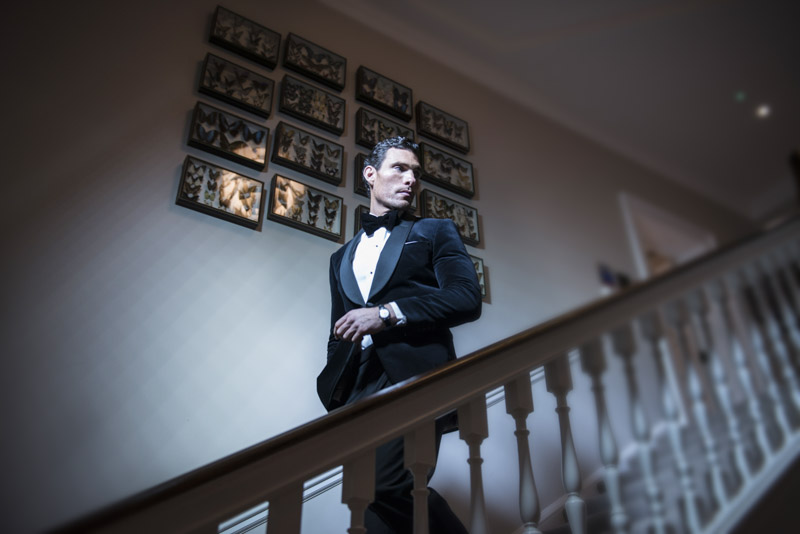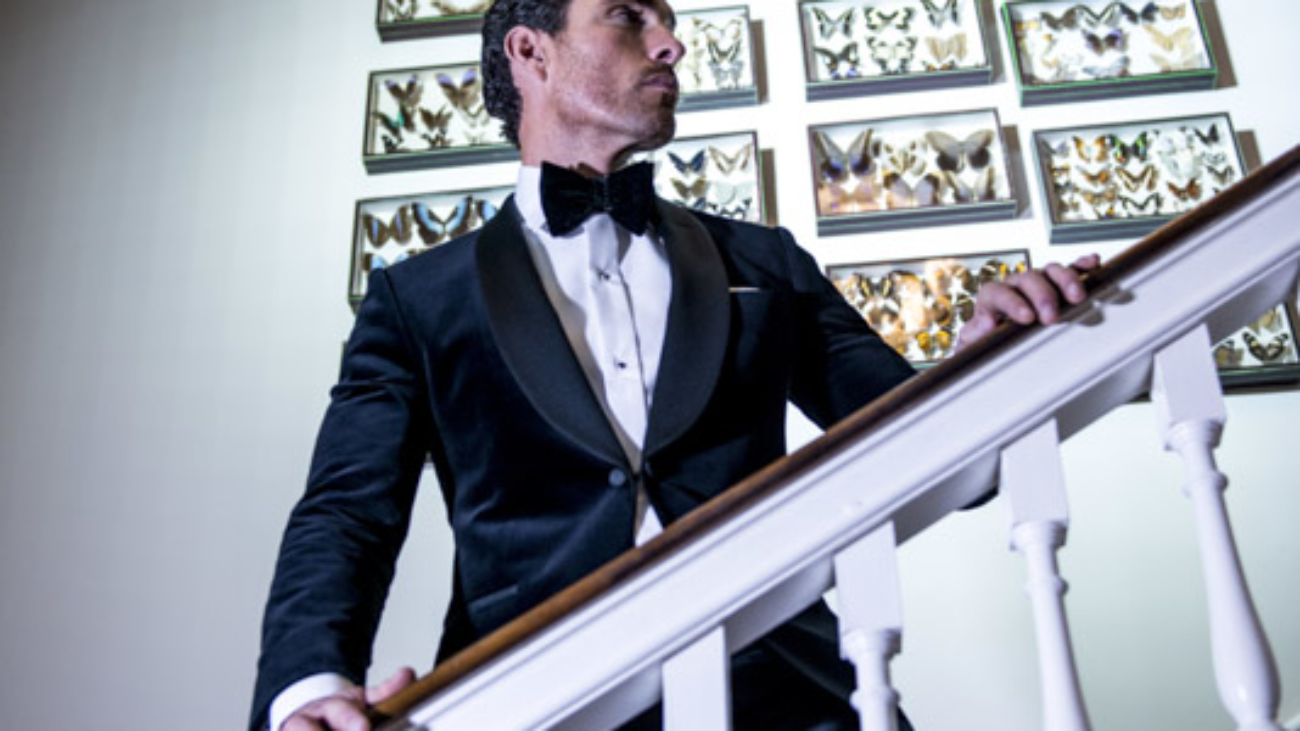The tie began its life in seventeenth century France when Louis XIII stole the idea from the croatian mercenaries he hired to fight for him in the Thirty-Year War. The king admired the piece of cloth tied around the Croatians necks so much that he made it a compulsory accessory at the French royal court and christened it a cravat (the French word for “Croat”) in their honour. However, exactly how the black tie or bow tie we now associate with the most prestigious social occasions and special events evolved out of a piece of rag round a Croatian soldier’s neck is not quite clear.
What we do know, however, is that it was in the late nineteenth century that the dinner jacket and corresponding black tie became popular amongst the British middle and upper classes who sought an alternative to the dress coat, which was an evening tailcoat thtat had begun to seem just a tad too formal.
Then in 1886 it properly became a part of fashion history when a formal ball was held by the tobacco magnate Pierre Lorillard on his estate in Orange County in New York state. We know how much influence this event was to have by the name of the club at which it was held: The Tuxedo Club. So, not only was the dinner jacket introduced to America, but it was taken to the heart of American society and given a new name that would last to this day.



